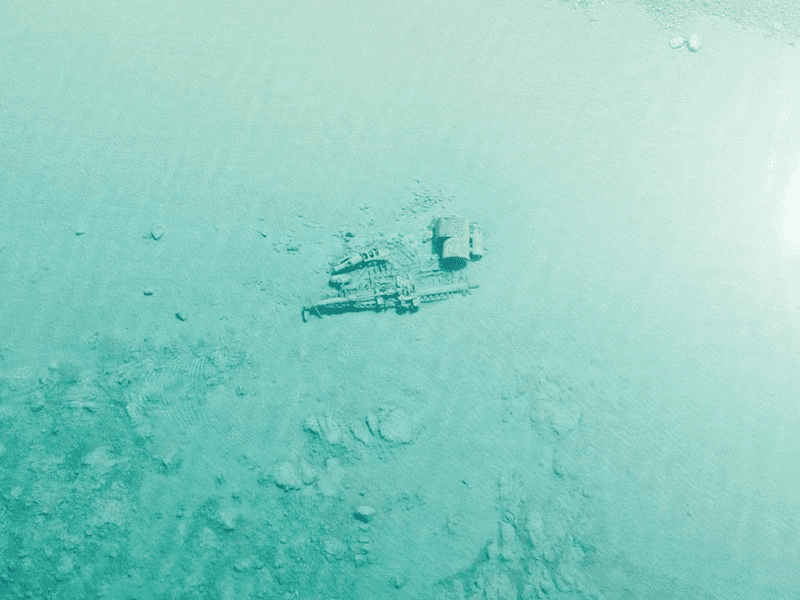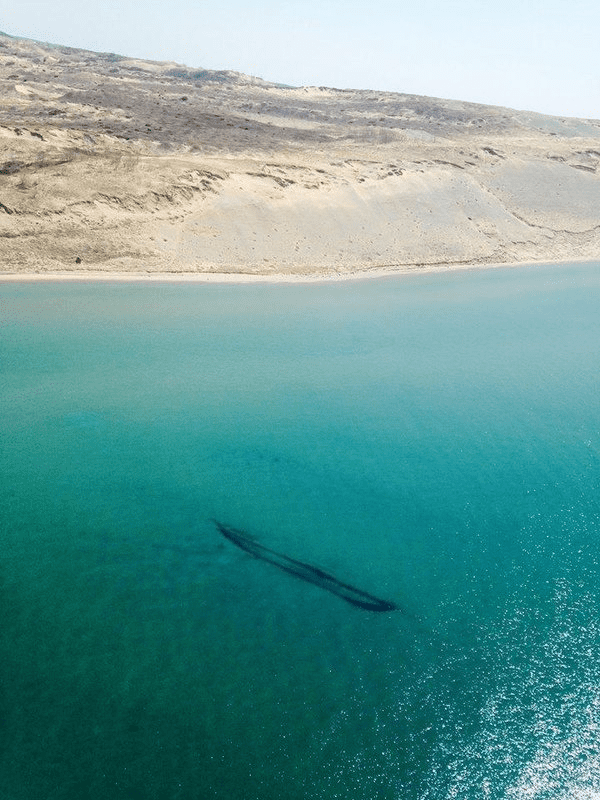A coast guard patrol reported that Lake Michigan’s shallow waters are so clear that you can actually see the shipwrecks on the bottom of the lake, until sediments stir up the water and algae blooms develop.


Lake Michigan is one of the five Great Lakes of North America, and the only one that’s completely on US soil. It is the second-largest of the Great Lakes by volume and the third-largest by surface area, but it’s definitely large enough to have some ships navigate it. Sadly though, some ships were unfortunate enough to shipwreck in the lake, and their metal skeletons are still rusting on the bottom of lake Michigan, as you can see here.
Pilots with the U.S. Coast Guard spotted the ships on a routine helicopter flight over the lake and shared the photos on Facebook. It’s not that uncommon for lake Michigan to be clear enough to spot one or two, but “but not in the numbers we saw on that flight.” The photos were all taken from the air along a short section of the lake’s north coastline.


According to officials, a whopping 1,500 ships lie wrecked at the bottom of Lake Michigan… and it kind of gives you a sense of just how big Lake Michigan really is – I mean, we call it a “lake” and there’s a sort of unconscious feeling that lakes should be small, but Michigan is anything but small.
Unfortunately, like other big lakes in North America, Lake Michigan endures algal blooms fueled by agricultural runoff. As temperatures continue to rise more and more, algal blooms become more and more common and these views will become rarer and rarer. Still, this is the least of Lake Michigan’s problems – the local environment and native species are threatened by pollution and invasive species.
All pictures via U.S. Coast Guard.






